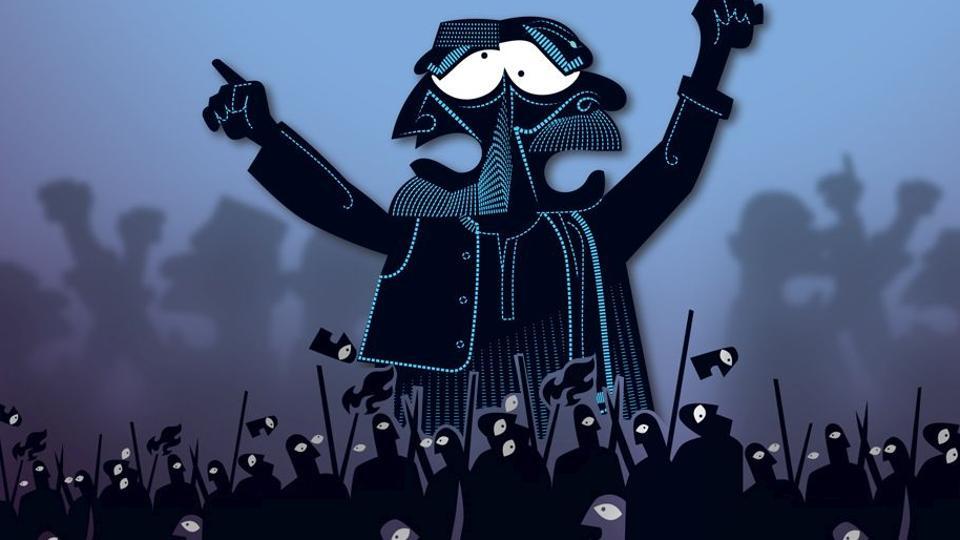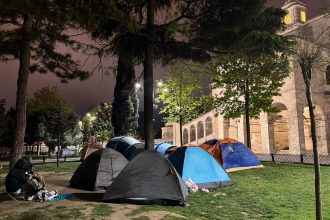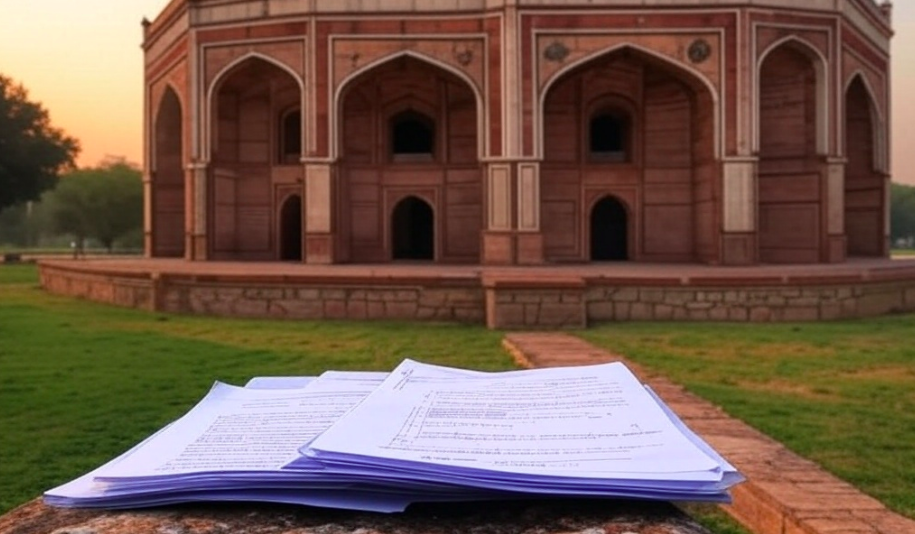Ravi Nitesh for BeyondHeadlines
Now, when the voting of six phases has been conducted for 484 seats, the whole environment of elections needs to be reviewed for what it has created and to what it is going to vote after in the last leg of voting for remaining 59 seats in 8 states on 19th May 2019. During the history of this democracy, probably this is the first time when a terror accused person has contested elections on the ticket of a party that has formed Government of India in 16th Lok Sabha. Logics can be created and given on every words and actions spoken by parties and their leaders but bringing cinema persons, signers, cricketers in mainstream politics, speaking false information about facts and figures and trying to befool people on the basis of WhatsApp and social media rackets is something we, as a democracy, need to be worried about.
No matter what would be the final result on 23rd May, whether NDA, UPA or any Third Front would make government, the real struggle to ensure honest and effective governance system on the ground must come irrespective of who is in power. For Uttar Pradesh, a state that is actually a deciding factor in Indian history of General elections till now, challenges are ahead even after 23 May for the reason that the state needs a complete overhaul in its system and needs an approach that can focus its growth to ensure region-centric schemes. In the last leg of voting, its 12 constituencies including PM’s constituency Varanasi and others namely Ballia, Bansgaon, Chandauli, Deoria, Ghazipur, Ghosi, Gorakhpur, Kushinagar, Mirzapur, RobertsGanj and Salempur with most seats in most backward Poorvanchal region are on stake.
In this election season for 17th Lok Sabha, many debates are on the surface along with visionary manifestos released by national and regional political parties. Considering the highest numbers of parliamentary seats in Uttar Pradesh (80 seats among total 543 seats to be elected in India), the focus for everyone is Uttar Pradesh. Being the most populated state in India with approx. 20 crore people living in the state, Uttar Pradesh serves a great purpose in national politics and also has a great history in socio-political revolution since freedom struggle. It is said that if Uttar Pradesh were a country, it would be among top 5 countries of the world in terms of population, yet the state is still far behind on many fronts than many other states in India, yet the most talked issues even in this elections are not the core issues of development.
On the political spectrum, the long burning issue seems Babri Masjid-Ram Janambhoomi case that is supplying fuel to political parties for making it ground to polarize people. The same people who consists of around 20 crores among total 133 crore population of India and roughly divided with 80% and 19% ratio of Hindus and Muslims. In this elections, most of the keywords spoken by candidates and reported in media are about Pakistan, Pulwama, Balakot, Soldiers, Army, Hindu-Muslim and even many candidates and campaigners of political parties including few at important positions, have publicly violated the election commission’s MCC (model code of conduct).
The lost agenda of development indicates that candidates here have no worry that common people would ask real questions of development on ground that is still invisible. The record of Uttar Pradesh needS to be reminded. As per census 2011, Uttar Pradesh has a literacy rate of 70.69% that is below the national average of 74.04%. As the state is one among the biggest in terms of area and population and diverse with language and culture, caste and religion, there is also seen an internal divide among its different regions. A pool of around 26 districts (number of districts are different with different ideas of Poorvanchal) in Eastern U.P. are jointly called as ‘Poorvanchal Region’ has districts with lower literacy rate when it is compared to western UP (Pashchimanchal) and Central U.P. or Awadh Region. Poorvanchal region with a population around 8 crores and 30 parliamentary seats (among 80 in U.P.) has none of its districts among top 5 under literacy rate of all districts of U.P. while lowest three districts (Behraich, Shrawasti and Balrampur) of U.P. are from this region with less than 50% of literacy rate.
In the Niti Aayog report, 2016 of infant mortality rate (IMR) per 1000 live births, U.P. is among the top five states of India with high IMR, 43 nos. per 1000 live births before the national average of 34 and with the high rate among districts of Poorvanchal region. While U.P. itself is among the lowest per capita income states in India, the situation of Poorvanchal region is worse.
While parties are focusing on national and regional agendas, there must be a talk about creating different states such as Poorvanchal, Pashchimanchal, Awadh from U.P. or at least different administrative departments for its better governance as this may identify and address to resolve real issues. Any political party, if decides to improve the real fortune of people in Uttar Pradesh, it must focus on regional agendas with Poorvanchal as important among them. A region which has much scope due to its rivers, mountains, pilgrimages, tourist places, historical places, diverse language and culture but the same region is facing a crisis of hospitals, educational institutions, transparent and digitalized way of governance and have widespread corruption, high crime rate and lower level of public awareness.
As per NCRB report 2016, Uttar Pradesh alone accounted for 9.5% of total IPC crime reported in the country and with highest number of murder cases (16.1%), highest number of kidnapping and abduction (18.1%), highest number of crime against women (14.5%) and crime against children (15.3%) among all states in India. State also reported the highest number of cases of atrocities against scheduled casts (25.6%).
The creation of more states within Uttar Pradesh is the need of the hour in view of the need of development and in fact, it is not a new idea. In the book ‘Thoughts on linguistic states’, Dr B. R. Ambedkar had proposed the idea of U.P. to make it in three parts with Meerut as the capital of Western U.P., Kanpur as the capital of Central U.P. and Allahabad as the capital of Eastern UP.
The focus of Uttar Pradesh should be towards the people of the state and to their welfare. People of this state migrate in large numbers towards metros in search of employment, educational and better living opportunities as the region could not provide them right opportunities. Political parties who are involved in nation building must also seek solutions to ensure that social justice, equality, developmental opportunities would be made available to Poorvanchal region of Uttar Pradesh.
(Writer is Petroleum Engineer and Youth Activist. He belongs to Poorvanchal Region of Uttar Pradesh. He tweets @ravinitesh)









